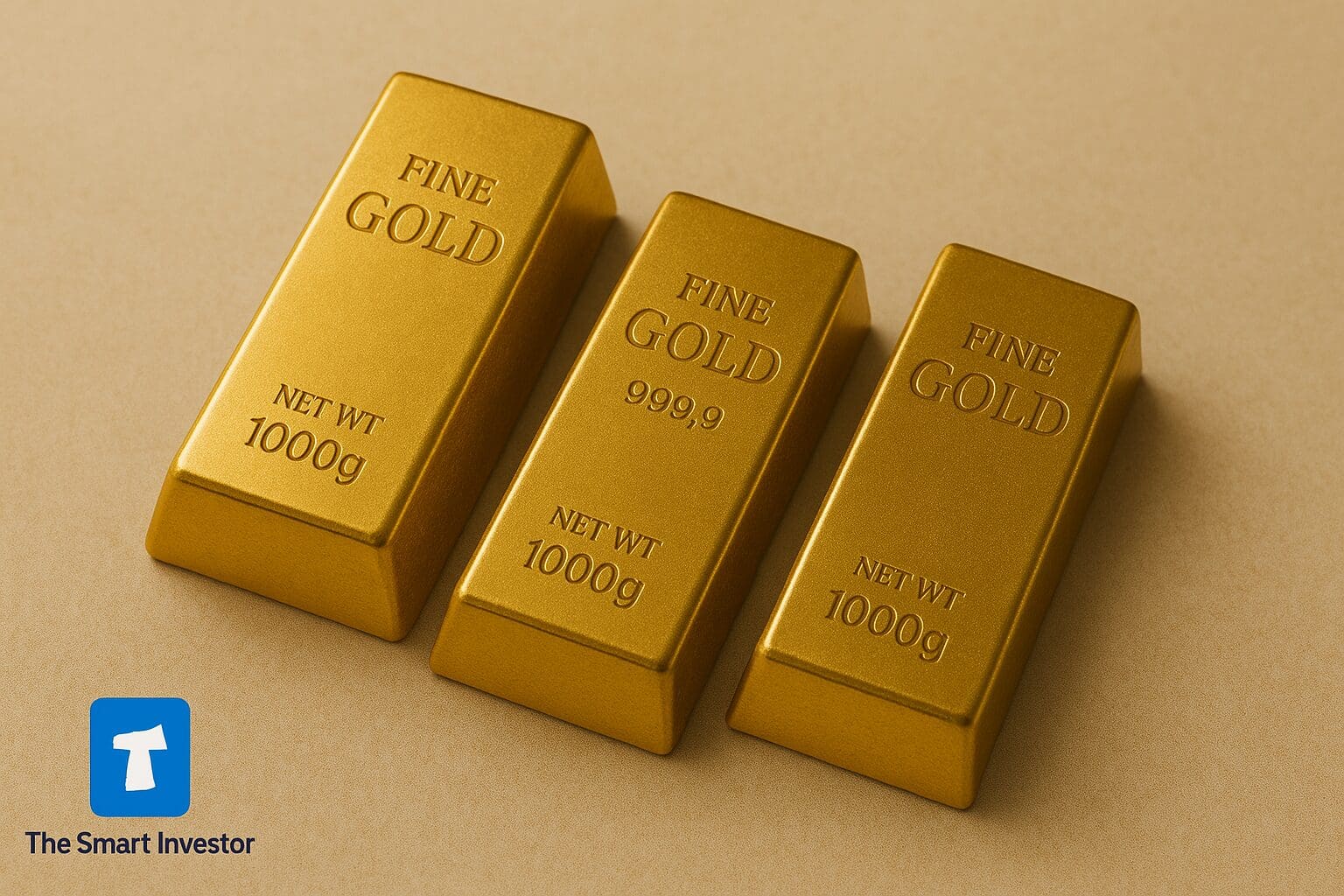As of early 2025, China officially holds around 2,300 metric tons of gold, according to the People’s Bank of China and data from the World Gold Council. This makes China the sixth-largest official holder of gold globally.
In 2023 alone, the People’s Bank of China officially added over 300 metric tons to its reserves, making it the largest central bank gold buyer that year.
That’s no coincidence. This move isn’t just about diversifying reserves — it’s tied to deeper shifts in global economics and politics.
For investors, understanding China’s gold play can reveal a lot about future trends in inflation, currency shifts, and even potential safe-haven demand during geopolitical risks
Why China Is Buying Gold: Key Reasons
China’s gold buying isn’t random — it’s a calculated move driven by economic, political, and strategic goals. Here’s why the country is steadily building one of the world’s largest gold reserves.
-
Diversifying Away from the U.S. Dollar
China has been reducing its reliance on the U.S. dollar for years, and gold plays a key role in that strategy.
As tensions with the West persist, especially after sanctions against Russia showed how financial assets can be frozen, China wants to hold assets that can’t be easily seized or influenced.
Gold offers a politically neutral, universally accepted reserve that insulates against dollar-dominated financial risk.
For example, in 2023 China reduced its U.S. Treasury holdings to a 14-year low while ramping up gold purchases.
-
Hedging Against Currency Risk and Inflation
With the yuan facing internal and external pressure — from economic slowdowns to capital outflows — China is using gold to hedge its currency.
Unlike fiat currencies, gold holds intrinsic value, especially during periods of inflation or currency devaluation. When the yuan weakened in past cycles, gold prices in yuan surged, protecting the central bank's reserve value.
This strategy isn’t unique to China, but its scale is — adding over 300 metric tons in 2023 alone to manage inflationary concerns.

-
Strengthening the Yuan as a Global Reserve Currency
China has long had ambitions to internationalize the yuan, and gold-backed confidence can support that goal.
As more countries question the dominance of the U.S. dollar, China is positioning itself as an alternative. By backing the yuan with strong gold reserves, it signals financial strength and stability.
This is particularly relevant in trade deals with BRICS nations, where alternative payment systems are being tested. Gold helps boost the credibility of such moves.
-
Preparing for Geopolitical Tensions or Sanctions
Geopolitical risk is real, especially with ongoing Taiwan tensions and global power shifts.
If China were to face sanctions or trade restrictions, foreign reserve assets in dollars or euros could become vulnerable. Gold, on the other hand, can’t be frozen by foreign governments.
This mirrors a playbook seen with Russia after 2014 and 2022. By holding more gold, China ensures that part of its national wealth is untouchable and liquid in emergencies.
How China’s Gold Buying Affects the Global Market
China’s sustained demand for gold doesn’t just reflect internal policy — it actively shapes global prices and investor behavior. Here's how:
Upward Pressure on Gold Prices: Consistent central bank purchases — especially by a major player like China — reduce global supply and increase demand, supporting higher gold prices even when other buyers slow down.
Signals Confidence in Gold as a Safe-Haven Asset: China’s accumulation reinforces gold’s role as a hedge against global volatility. As a result, other central banks and institutional investors may follow suit.
Accelerates Dedollarization Trends: China’s move away from U.S. dollar reserves encourages similar actions from countries in the BRICS alliance or those seeking financial independence, increasing gold’s strategic appeal.
Influences Central Bank Behavior in Emerging Markets: Countries like India, Turkey, and Brazil are watching China’s moves closely. Many have accelerated their own gold buying, partly in response to China's lead.
What It Means for Investors?
China’s aggressive gold accumulation has several key takeaways for global investors — especially those watching currency shifts, inflation, or safe-haven assets:
Rising Long-Term Gold Demand: China’s consistent buying adds steady demand pressure, helping support or lift gold prices over time — even during periods of reduced retail or ETF interest.
Potential for Price Volatility: Surprise announcements or reserve increases from China can jolt the market. Investors should be prepared for gold price swings tied to global policy moves and central bank signals.
A Signal for Portfolio Diversification: China’s strategy reinforces the case for holding gold as part of a diversified portfolio, especially to hedge against currency depreciation or geopolitical risks.
In short, China’s gold moves aren’t just national — they echo across global investing strategies.
FAQ
Yes, China reports official gold reserves monthly, but some purchases or holdings may not be publicly disclosed.
Yes, it’s the world’s largest gold producer, with most of its production staying within the country.
Most is believed to be stored domestically in secure government vaults, though details are not fully disclosed.
Not officially, but its growing reserves support confidence in the yuan, especially in international trade.
Unlikely in the near term — the U.S. holds over 8,100 tons — but China may be narrowing the gap with unofficial stockpiles.
Both countries buy gold to reduce dollar exposure, though China’s scale and strategy are more long-term and global.
Yes, gold jewelry and bars are very popular among the Chinese public for cultural and financial reasons.
It doesn’t control prices, but its buying can strongly influence global supply and investor sentiment.
